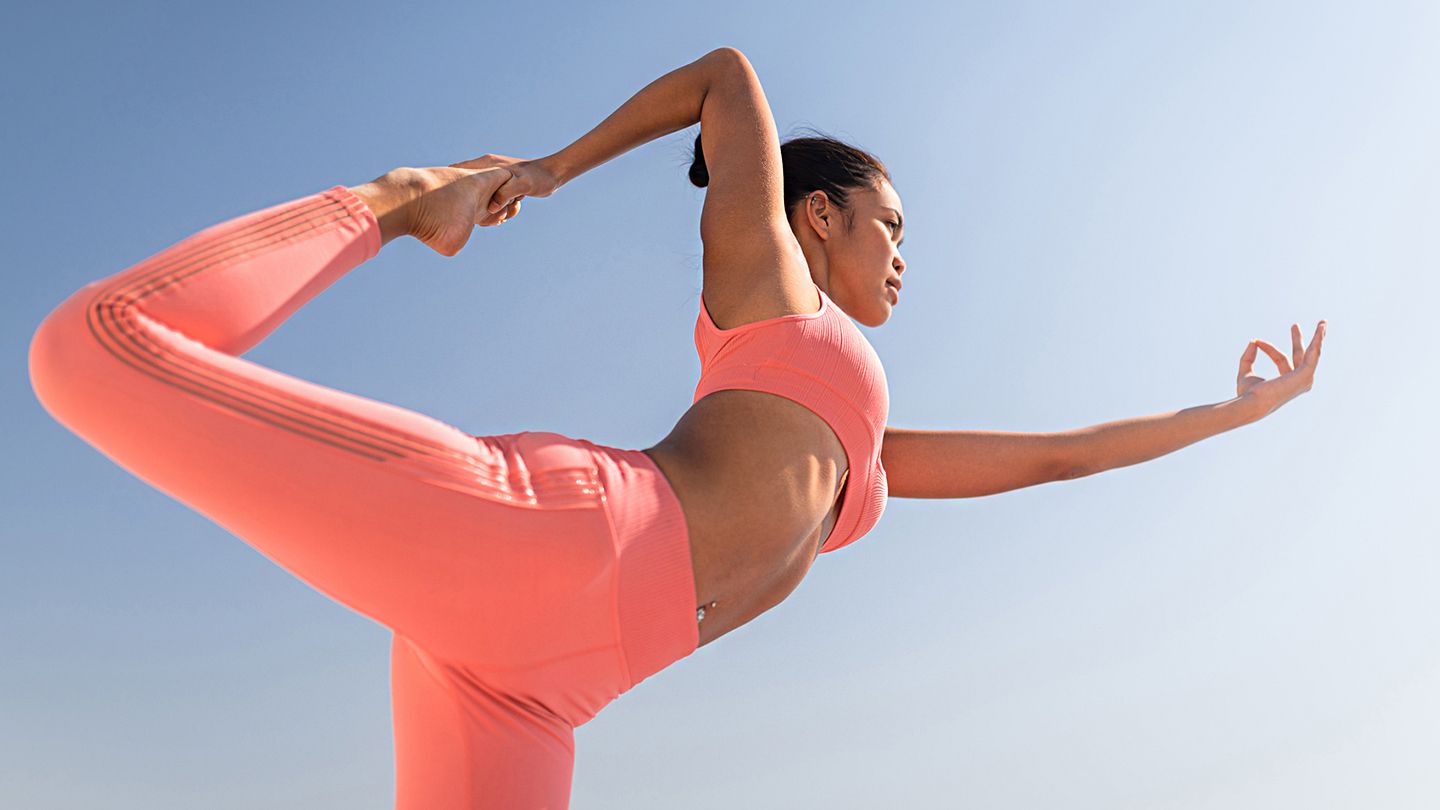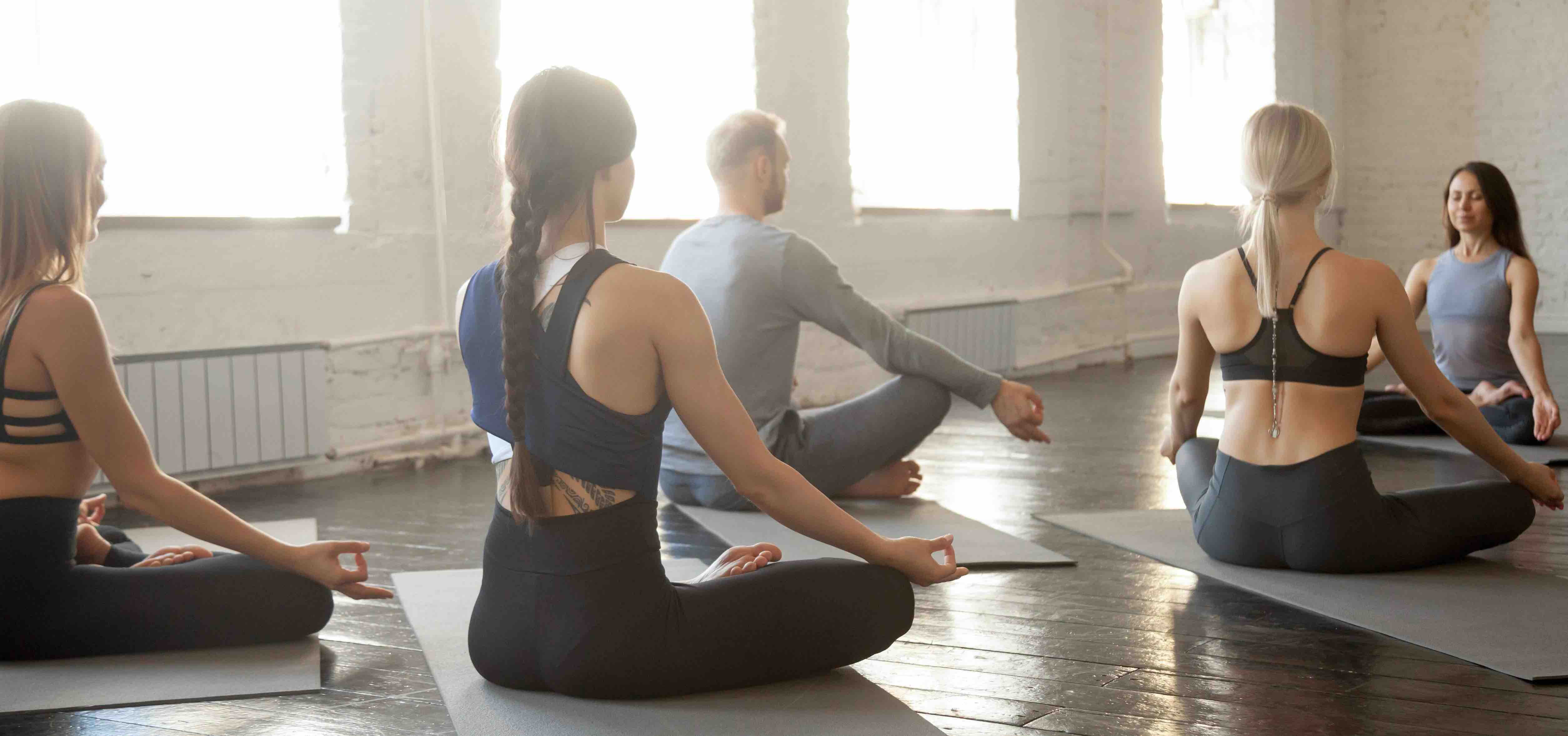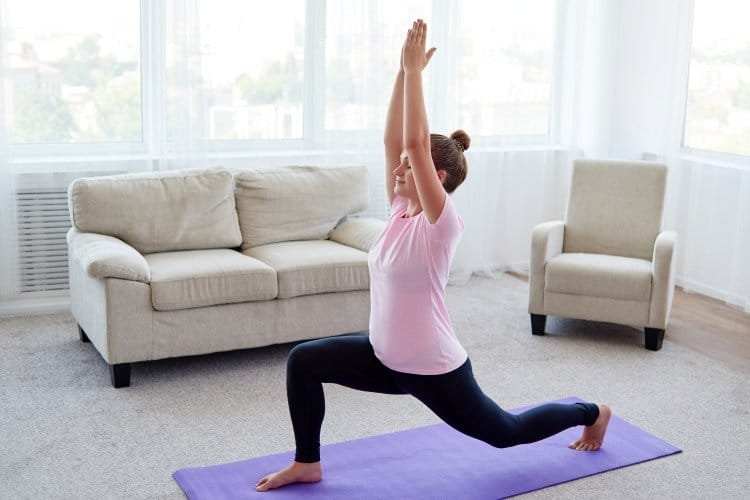
CorePower Yoga was started by Trevor in 2002. CorePower Yoga is a nationally-recognized chain of yoga centers. With more than 200 studios located in 21 states, it is one the fastest-growing yoga franchises. The company offers a variety of classes, including yoga that is both active and mindful as well as meditative. An auto-renewing, monthly membership is available. CorePower Yoga's score is calculated using customer reviews, price competivity, and the breadth in features offered.
CorePower Yoga also offers the Studio Program, a legacy program. This program is provided as an added convenience for certain CorePower Yoga franchisees. This program provides multiple in-studio classes, previously known under the name Class Packages. CorePower Yoga All Access Program replaced the Studio Program.
Other features are also available in the Studio Program. For example, the company offers a "free" first week of classes. It also features a huge check-in desk, colorful yoga apparel, and full locker rooms. CorePower Yoga studios also offer 15% off all retail merchandise In peak times, classes are offered almost every half-hour.

The company also offers an app called CorePower Yoga On Demand. This service features an unlimited number of classes, which are accessed by any device. The app is available for free. Users may need to pay internet usage or other fees.
A Home Program is also offered by the Company. This program includes unlimited access for classes, discounts on merchandise and a stylish water bottle. At Home Program participants who have a valid credit/debit card can apply. The company can't guarantee that you'll be able to access the benefits of this program. The benefits of the At Home Program cannot be transferred. They can only be used in the name of the member.
The At Home Program is also the most expensive program offered by CorePower Yoga. The cost of the CorePower Yoga At Home program is determined by a number of factors. The class size will also impact the cost.
The At Home Program also features a "free" first week of classes. However, the company does not offer any kind of refunds. A partial refund of a month is also not available by the company. Studio Program also is only available for a limited time. The company charges late cancellation/no shows fees.

Unlike the Founding All Access Program, the Studio Program is not a guaranteed program. The company reserves all rights to end the program and to change the program such as raising the monthly membership cost. The company does not offer a refund on the monthly membership cost. If the member decides not to cancel during the freeze period he or she will forfeit all the benefits of CorePower Yoga Memberships and will lose the chance to apply for CorePower Yoga Memberships at the current CorePower Yoga prices.
FAQ
How long should a session of yoga last?
A typical yoga session takes between 45 minutes and one hour. The type and amount of yoga you do will dictate the length of the session. 45-60 minutes should be enough if your goal is to concentrate on strength-building activities. For relaxation and meditation, however, an hour may be needed.
The length also varies depending on what kind of yoga class you're taking - some classes focus on moving quickly while others emphasize slow, deep stretches.
Can yoga help you quit smoking?
Yoga is a good option for people who want to stop smoking. It improves their physical and mental health, which can reduce stress levels. Yoga can also help to reduce the weight gain caused by overeating. This could allow you to quit smoking.
Is yoga helpful for people with chronic diseases?
Yoga may be beneficial for people suffering from chronic diseases such as heart disease and diabetes by increasing their flexibility, improving fitness and reducing stress.
Yoga also helps many other conditions, including arthritis, asthma, cancer, depression, fibromyalgia, high blood pressure, insomnia, obesity, osteoporosis, Parkinson's Disease, PTSD, Raynaud's Syndrome, rheumatoid arthritis, stroke, and spinal cord injury.
What are the differences between Hatha and Ashtanga, Vinyasa Power Yoga, Power Yogas, Kripalu, Bikram, Power Yogas, Vinyasa and Power Yogas? ?
There are many different types of yoga. Each style offers its own way of finding balance in our lives.
These are the most popular yoga forms:
Hatha - This includes stretching and poses that emphasize core strength and flexibility.
Ashtanga: This practice focuses on slow-paced movements to build strength and stamina.
Vinyasa-This type of yoga combines fast-flowing sequences which allow you to breath deeply.
Power - A type of power yoga that incorporates more challenging moves.
Kripla - This is one of the oldest forms of yoga that dates back thousands of years.
Bikram: This form of yoga is done in heated rooms.
What does research show about yoga for wellness?
Yoga has been shown to improve mental health, reduce stress and promote overall well-being. It also helps people lose weight and maintain a healthy body mass index (BMI).
Yoga can help lower blood pressure, improve cardiovascular function and boost immunity.
These are just a few benefits of yoga.
You could go on and on.
Statistics
- According to the Agency for Healthcare Research and Quality, falls are incredibly common among older adults in nursing facilities. Even the simplest ones can increase the risk of death (24). (healthline.com)
- According to calorie estimates calculated at Harvard Medical School, the average 125-pound person burns about 120 calories in a half hour of hatha yoga, and a 185-pound person burns about 178 calories in that half hour. (everydayhealth.com)
- The people in the yoga group were 37 percent more likely to have quit smoking by the end of the 8-week program. (nccih.nih.gov)
- About one in seven U.S. adults practiced yoga in the past 12 months, according to a 2017 national survey. (nccih.nih.gov)
- The American Psychological Association recently shared that 84% of American adults feel the impact of prolonged stress (5). (healthline.com)
External Links
How To
What is your ideal position for practicing yoga?
There is no right or wrong way of practicing yoga. Everybody is unique. It is enough to find the position that feels most comfortable for you.
Here are some common postures:
Standing poses - These are great for beginners as they allow you to view your body from many angles. They allow you to focus more on your breathing.
Forward bends- Forward bends can often be used to release tight areas. You can either do them lying down or while sitting.
Backbends-Backbends are generally considered advanced poses. If you want to try one, you should seek advice from your instructor.
Inversions - Inversions are poses that require you to balance yourself upside down. This type is challenging, but rewarding.